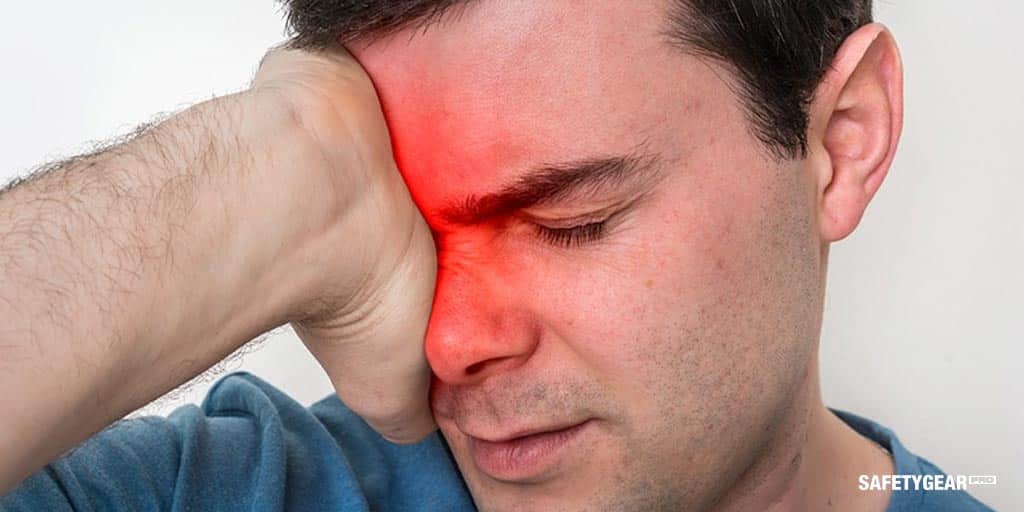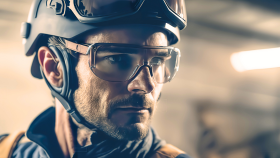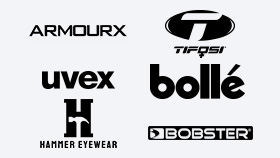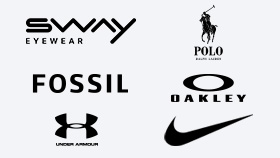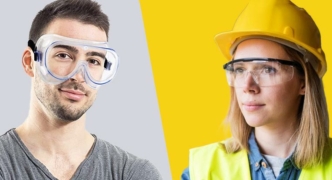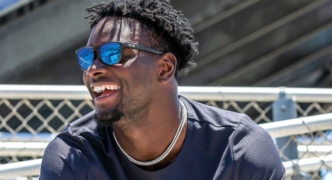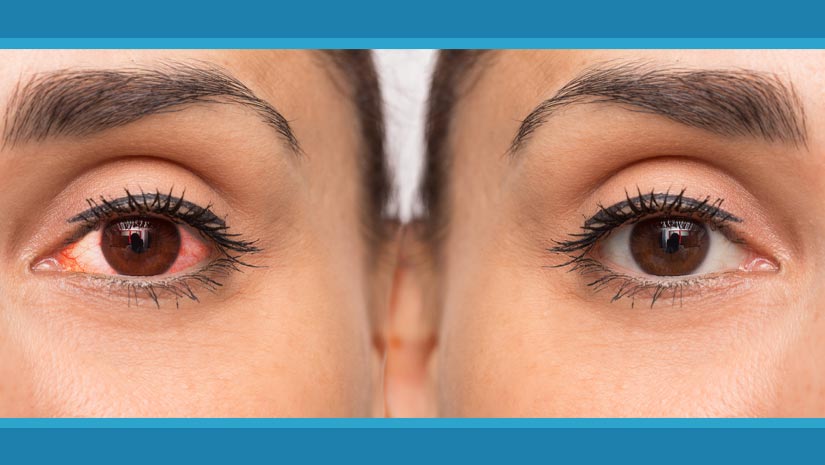
Recent surveys estimate that American workers sustain over 25,000 eye injuries yearly. This figure does not account for millions of other eye-related trauma that happen during recreation or at home, possibly while working on do-it-yourself projects.
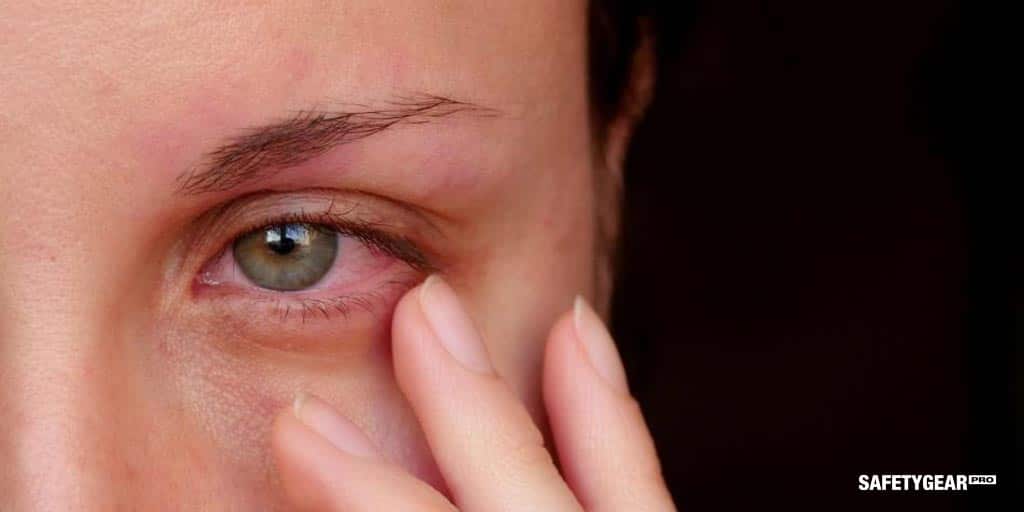

Eyesight often tops the list for which of the five senses people value the most, yet too many preventable eye accidents continue to occur. Note five fictional beliefs about eye health and the protection safety glasses offer.
Misbelief 1: Safety Glasses Protect You From Every Type of Eye Injury
Protective glasses are effective against projectiles that fly directly toward your eye. Still, an errant item could make its way under your glasses or travel in from the sides and cause damage. Also, protective eyewear serves little purpose if worn improperly.
Before any hazardous activity, determine the needed PPE (personal protective equipment), including appropriate eyewear. Always secure your glasses on your head correctly. Opt for safety goggles or a face shield if glasses do not suffice.
Misbelief 2: Fashion Sunglasses and Eyeglasses Are Sufficient Protection for Sports Activities
Protective eyewear is composed of a different material than everyday sunglasses and eyeglasses. A pair of spectacles may claim to be made of shatterproof or shatter-resistant glass, but daily eyewear is not manufactured to the same standard as protective equipment. Safety eyewear is fabricated from shatter-resistant lenses and tested to meet higher standards.
Sports eyewear is designed for particular activities to maximize safety, so the right piece for football will differ from what is used for basketball. Verify that your sports goggles classify as legitimate protective gear for the intended activity.
Misbelief 3: Sun Damage to the Eyes Is Rare
Macular degeneration and cataracts are only two conditions that can be worsened by excessive exposure to the sun. The ultraviolet (UV) rays that are responsible for sun damage are typically not detectible by the naked eye but can still cause injury.
Corneal sunburn (photokeratitis) is possible from sun rays. Another danger is growths on the whites of the eyes that can spread to the cornea and cause permanent disfigurement, blurry vision, or discomfort. Guard against harmful UVA and UVB rays with polycarbonate lenses.
Misbelief 4: You Damage Your Vision If You Don’t Wear Prescription Glasses Constantly
Vision is not harmed when you do not wear corrective lenses. Only degeneration or damage to the eye structure can permanently harm your sight. While you may deal with headaches or eye strain without your prescription, it only alters how your eyes accept light.
Misbelief 5: Reading in Dim Light Ruins Your Vision
Many parents repeat this refrain to their children, but contrary to popular belief, straining your eyes in dim light does not damage eyesight. Eyes tend to weaken for most people with age, but reading in low lighting only causes eye fatigue.
FAQs
What type of protective glasses should you wear during work?
Safety glasses should have impact-resistant lenses and be OSHA-approved. Frames must be durable, generally constructed of plastic or metal. Protective eyewear should not restrict or interfere with the functionality of any other PPE. Some models wrap around the head or have side shields to minimize entry of debris or particles.
How do you know if protective eyewear is OSHA-approved?
The Occupational Safety and Health Administration (OSHA) defines standards for eye protection in its regulation 1910.133 and bases its benchmarks on the American National Standards Institute (ANSI) Z87.1 rules. OSHA requires manufacturers to indicate on the lens if the piece of eyewear meets Z87.1 or a different standard.
Will protective glasses damage your eyesight?
Protective eyewear that is worn correctly will not damage your vision. Headaches may occur if the PPE fits incorrectly. Eye fatigue can arise if lenses have the wrong tint or are scratched. Poor optical clarity causing distortions or cloudiness also causes eye strain and is more common in low-quality lenses.
What styles are available for safety eyewear?
Prescription safety glasses can be purchased for dozens of work or sports-related activities. You can sort by gender, choose from multiple brands, and select the lens shape and rim style. Consumers should choose the correct size for a comfortable and functional fit.
What are the differences between safety goggles and glasses?
Safety goggles provide protection entirely around the eyes and are larger than glasses. Goggles can create an airtight seal using an adjustable strap that wraps around the head. Goggles are designed to fit over corrective frames, but goggles can also be purchased with a prescription. The correct eye gear is an essential part of your protective equipment that you can customize to match your style. Safety Gear Pro has a wide selection when you’re looking for comfortable, fashionable, and safe eyewear for working on the job, handling DIY projects, or engaging in athletics.
